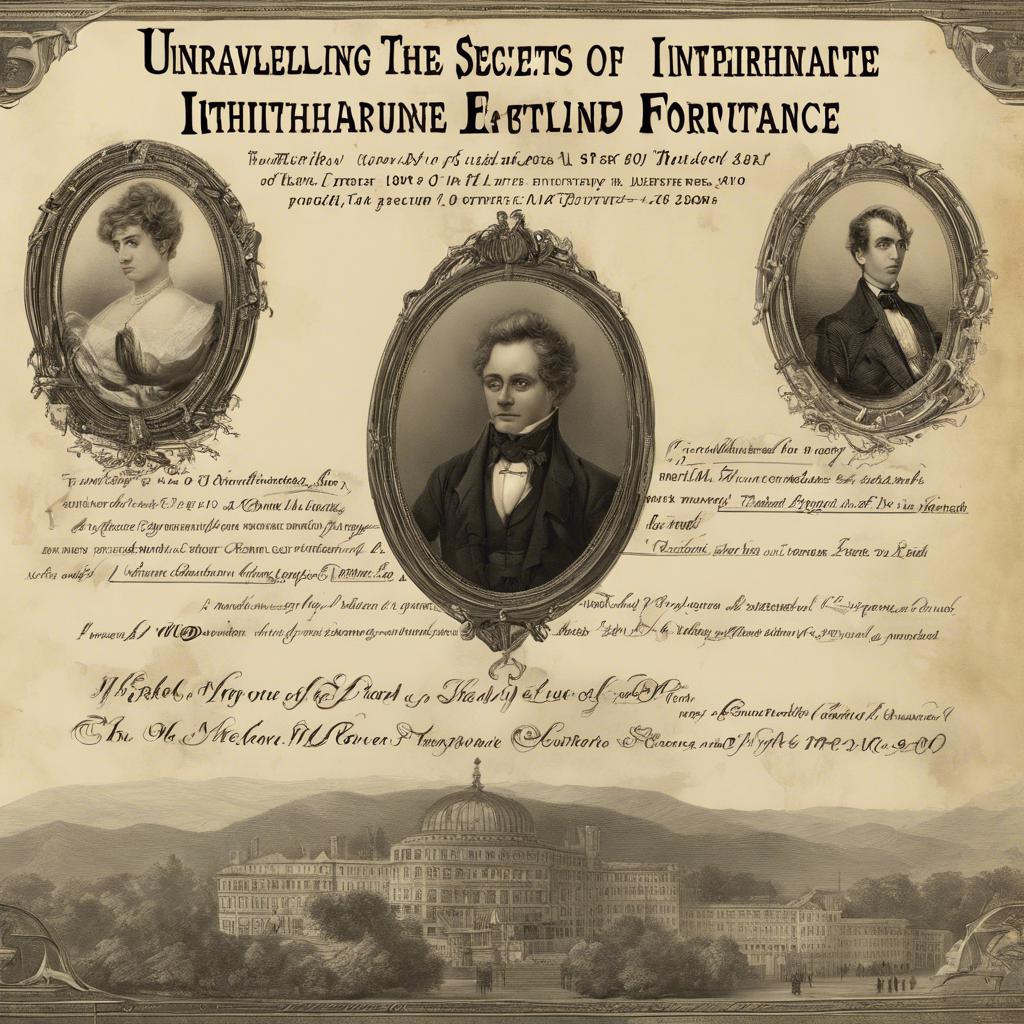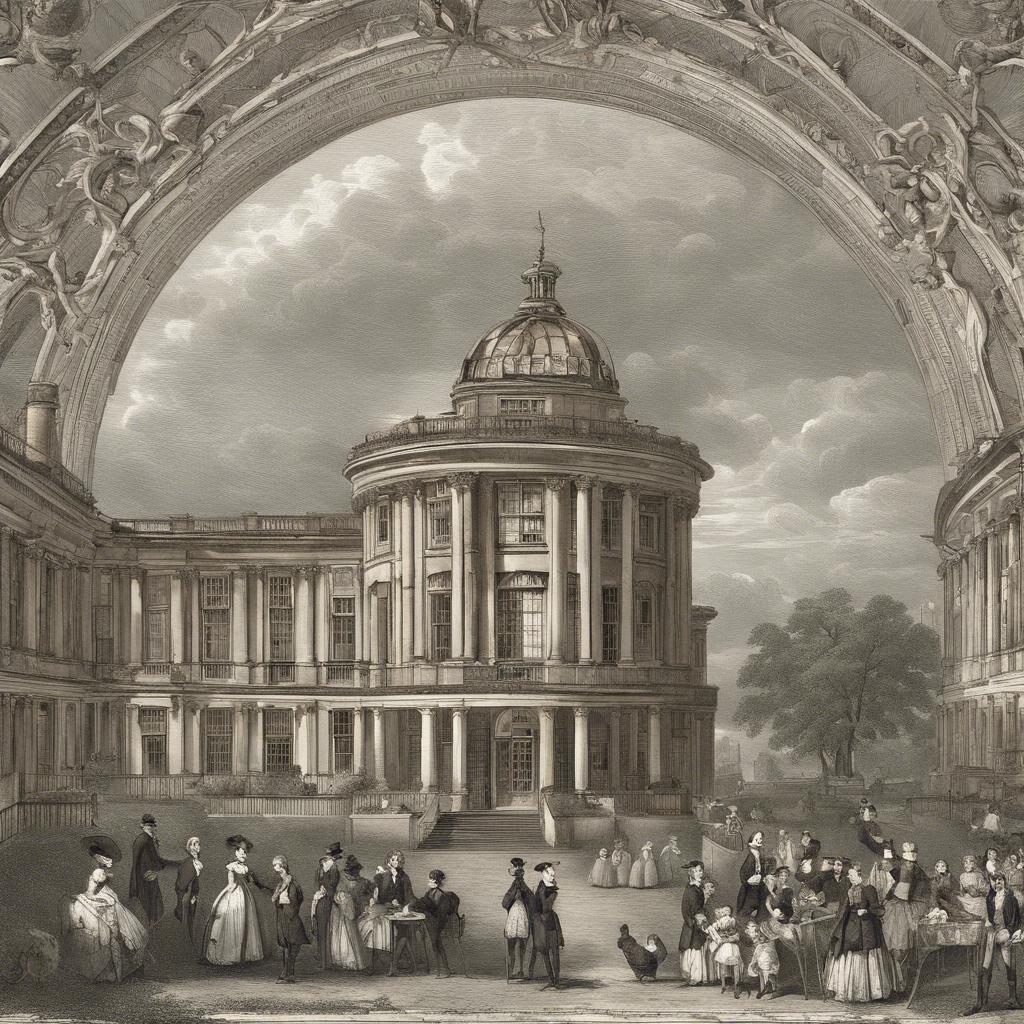During the Regency era in early 19th century Britain, an individual’s worth was often measured by their wealth and status. A sum of 10,000 pounds during this time was considered a substantial fortune, affording its possessor a life of luxury and influence. In this article, we will explore the significance of this sum of money during the Regency era and the impact it had on the lives of those who possessed it. From lavish estates to extravagant balls, the possession of 10,000 pounds was a symbol of power and privilege in a society defined by class and hierarchy. Join us as we delve into the world of Regency-era wealth and discover the allure and complexities of the coveted sum of 10,000 pounds.
Step Into the World of Cheryl Bolen
Dive into the enchanting stories of love, intrigue, and elegance set in the Regency Era. Cheryl Bolen's novels offer timeless romance and captivating tales that will leave you wanting more.
Explore Cheryl Bolen's Books Now
Title: Unraveling the Secrets of Regency Era Inheritance: The Magnitude of a 10,000 Pound Fortune
During the Regency Era, a fortune of 10,000 pounds was considered a substantial inheritance that could significantly impact the lives of those who received it. In today’s terms, this amount would be worth millions, reflecting the immense wealth and power of the aristocracy during this period.
For those fortunate enough to inherit such a fortune, it meant access to a life of luxury, privilege, and social status. They could afford grand estates, extravagant balls, and fashionable clothes, cementing their place in high society. Inheritance was a key factor in maintaining and perpetuating the elite class structure of the Regency Era.
The distribution of a 10,000 pound fortune was carefully regulated by laws and customs of the time, ensuring that wealth remained concentrated within the upper echelons of society. Primogeniture, where the eldest son inherited the bulk of the estate, was common, while younger children often received smaller sums or were left to make their own way in the world. This system perpetuated the wealth divide between the aristocracy and the common people, highlighting the stark inequalities of Regency society.
Exploring the Impact of a 10,000 Pound Inheritance on Regency Era Society
In Regency Era society, a significant inheritance of 10,000 pounds would have had a profound impact on an individual’s social standing and opportunities. This substantial sum of money would have placed the recipient among the wealthiest members of society, providing them with financial security and the ability to maintain a luxurious lifestyle.
With a 10,000 pound inheritance, an individual would have been able to purchase prestigious properties in fashionable neighborhoods, such as Mayfair in London. They could also afford to furnish their homes with the finest furniture, art, and decor, further solidifying their status among the elite. Additionally, they would have the means to host lavish parties and events, which were essential for social networking and climbing the ranks of society.
Furthermore, the inheritance would have opened doors to advantageous marriage prospects, as wealthy suitors were highly sought after by families looking to secure their financial futures. The recipient of such a fortune would have been able to marry into noble families and gain access to elite social circles, further solidifying their place in high society.
Strategies for Preserving, Investing, and Maximizing a 10,000 Pound Fortune in the Regency Era
During the Regency Era, managing a fortune of 10,000 pounds required strategic thinking and careful planning. One effective strategy for preserving wealth was investing in land. Land ownership was a symbol of status and power during this time period, and investing in estates or farmland could provide a steady source of income through rent or agricultural production.
Another way to maximize a 10,000 pound fortune was to diversify investments across different industries. This could involve investing in businesses such as textile mills, shipping companies, or even emerging industries like railroads. By spreading out investments, individuals could reduce the risk of losing everything if one industry experienced a downturn.
Additionally, seeking out opportunities for social connections and political patronage could also help preserve and increase wealth in the Regency Era. Building relationships with influential figures in society could open doors to lucrative business deals or access to exclusive investment opportunities. By leveraging social connections, individuals could secure their financial future and ensure the longevity of their fortune.
The Social Prestige and Responsibilities Associated with a 10,000 Pound Inheritance in Regency Era England
In Regency Era England, inheriting 10,000 pounds was a significant event that came with both social prestige and responsibilities. This substantial sum of money would have placed the recipient in a higher social class, giving them access to exclusive circles and opportunities for advancement.
With this inheritance, individuals would have been expected to adhere to strict societal norms and expectations. They would have been required to maintain a certain level of decorum, dress, and behavior befitting their newfound status. Additionally, there would have been pressures to make advantageous marriages to further solidify their position in society.
Along with the benefits of increased social standing, inheriting 10,000 pounds would also come with the responsibility of managing the wealth wisely. This would involve making savvy investments, overseeing property holdings, and ensuring financial security for future generations. Failure to do so could result in the loss of prestige and standing within society.
Closing Remarks
the Regency era was a time of opulence, extravagance, and social status defined by the possession of wealth. The sum of 10,000 pounds during this period was considered a substantial fortune, affording its owner a life of luxury and privilege. As we look back on this historical period, we are reminded of the immense power and influence that money held in shaping the lives and destinies of those who lived in the early 19th century. The Regency era may be long gone, but its legacy of wealth and class distinctions continues to resonate in our society today.


